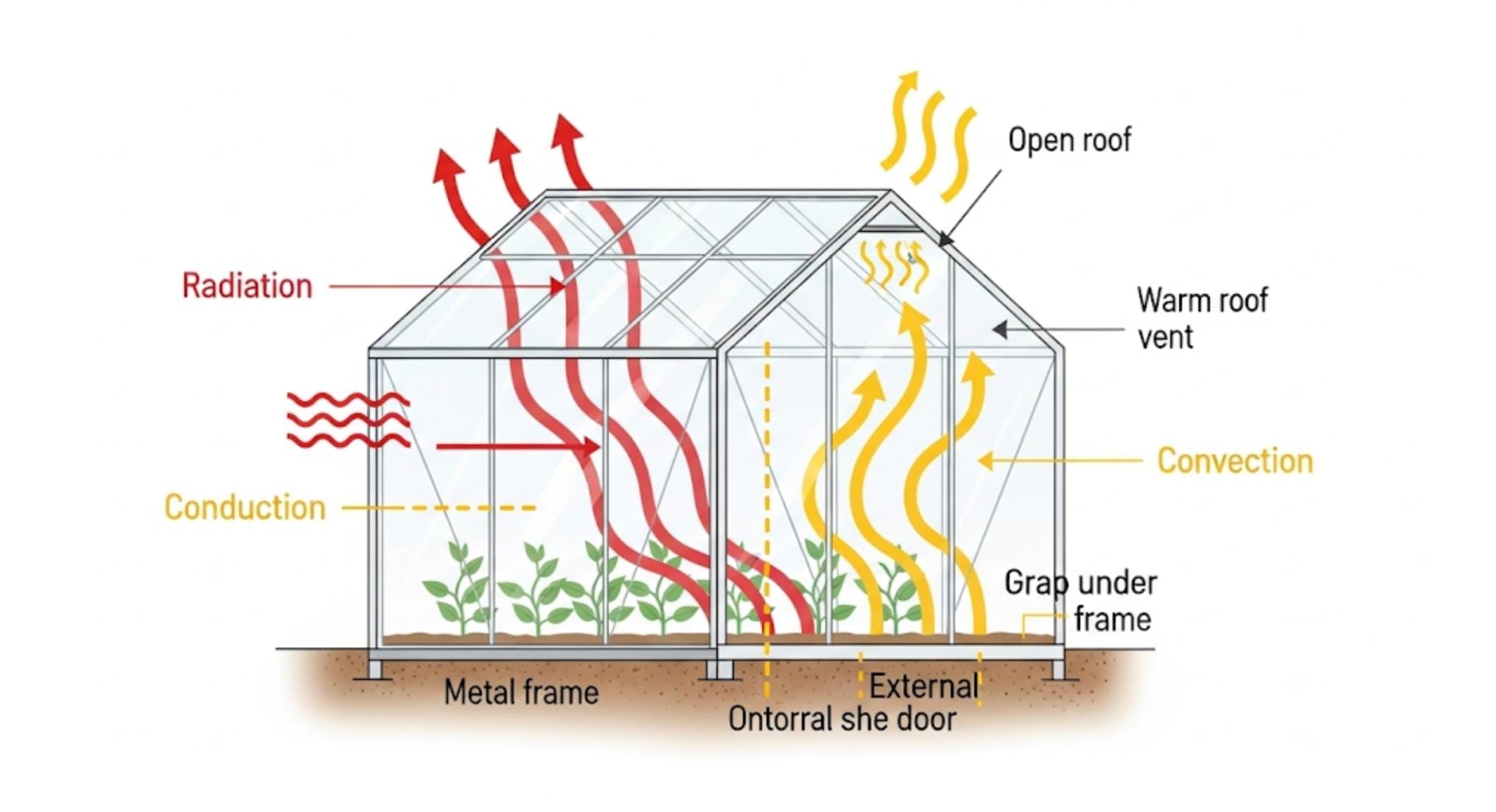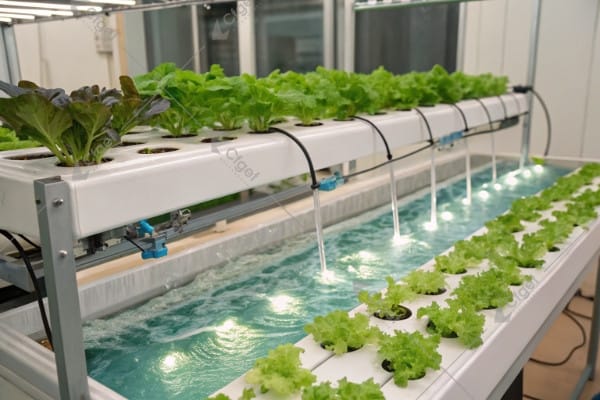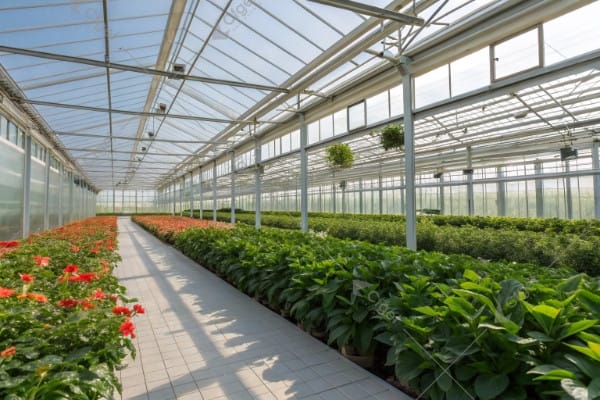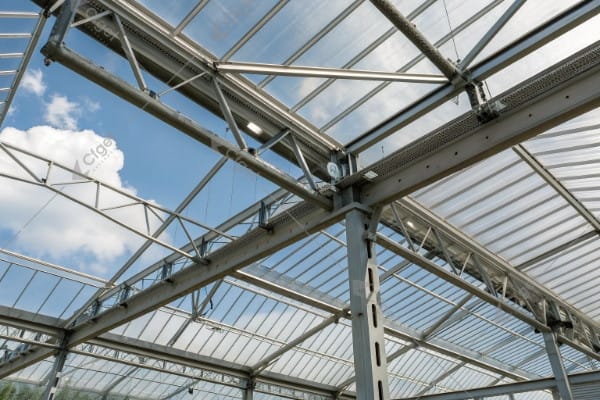Selecting improper greenhouse glass can devastate your crop yields and energy costs. Many growers waste thousands on inappropriate glazing that creates scorched plants, excessive heating bills, or dangerous structural weaknesses.
The ideal greenhouse glass balances light transmission, insulation value, and safety considerations. Tempered glass offers strength and safety, while low-E coatings and double glazing provide energy efficiency. For commercial applications, the glass thickness typically ranges from 3mm to 6mm, with proper diffusion properties enhancing crop production.
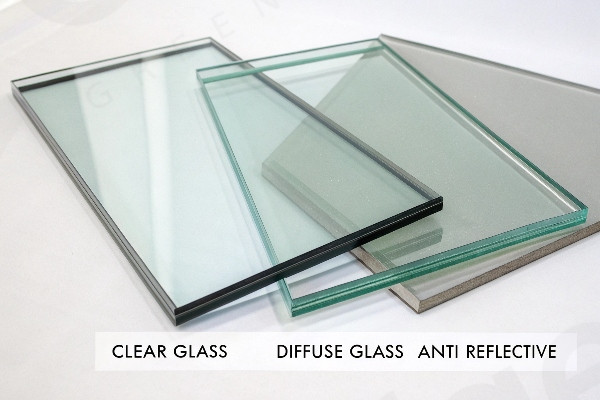
After 28 years in the greenhouse industry, I’ve seen how glass selection can make or break a growing operation. Let me share what I’ve learned about greenhouse glass specifications to help you make informed decisions for your next project.
You might like:——Designing the Perfect Cannabis Greenhouse: Climate Control, Lighting & Structure?
You might like:——Why Use Glass in Your Greenhouse? Exploring the Key Advantages
What’s the Difference Between Tempered and Float Glass for Greenhouses?
Many greenhouse owners face crop damage and structural failures because they don’t understand glass types. Using standard float glass in high-stress areas can create dangerous situations when breakage occurs.
Tempered glass is heat-treated to be 4-5 times stronger than standard float glass and breaks into small, rounded pieces rather than dangerous shards. Float glass is less expensive but offers lower impact resistance and poses greater safety risks when broken.
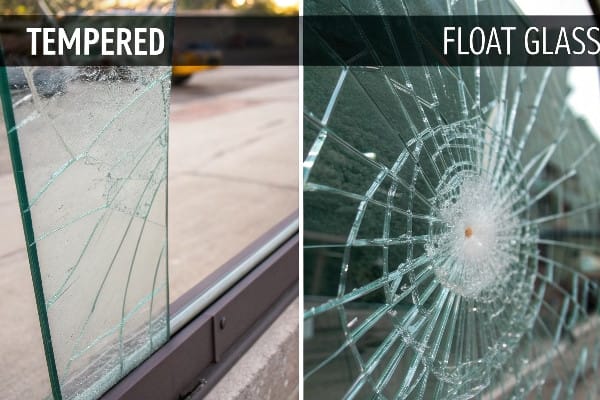
I remember visiting a tomato operation in Thailand that had installed standard float glass throughout their 2-hectare facility. During a moderate hailstorm, several panels shattered, sending large, sharp fragments onto valuable crops and equipment below. The damage cost them over $30,000, not including lost production. This experience underscores why understanding glass specifications is crucial.
Tempered glass undergoes a heating and rapid cooling process that creates compression on the surface and tension in the center. This treatment fundamentally changes how the glass responds to stress. While float glass (also called annealed glass) breaks into large, jagged pieces, tempered glass disintegrates into small, relatively harmless fragments.
When considering a commercial greenhouse installation, tempered glass provides significant advantages despite its higher initial cost. The enhanced safety profile protects both workers and crops from injury during breakage events. Additionally, the superior strength allows tempered glass to withstand wind loads of up to 10,000 Pa compared to only about 3,000 Pa for float glass of the same thickness.
For most greenhouse applications, I recommend 4mm tempered glass as the minimum standard. In regions with extreme weather conditions like Central Asia, where our clients experience heavy snow loads, 5mm or 6mm tempered glass provides added security. While this increases the initial investment by approximately 15-20%, the long-term protection and reduced replacement costs typically offset this premium within 3-5 years.
One important consideration when selecting tempered glass is its inability to be cut or drilled after tempering. This means all measurements and customization must be completed before the tempering process. During my work on a research greenhouse in the Netherlands, we had to replace several panels because the measurement specifications were provided to the manufacturer after tempering. This mistake added three weeks to the project timeline.
Typical Applications for Different Glass Types:
| Glass Type | Ideal Location | Thickness Range | Key Benefits |
|---|---|---|---|
| Tempered | Roof panels, walls in public areas | 4-6mm | Safety, impact resistance, wind load capacity |
| Float | Side walls in limited-access areas | 3-4mm | Lower cost, easier cutting on-site |
| Laminated | Security areas, overhead applications | 6-8mm | Holds together when broken, UV filtering |
How Do Low-E Coatings and Double Glazing Improve Greenhouse Insulation?
High energy costs and temperature fluctuations plague greenhouse operators worldwide. Without proper insulation, heating and cooling systems work overtime, draining profits and reducing crop quality.
Low-E coatings are microscopic metal or metallic oxide layers that reflect infrared energy while allowing visible light to pass through. Double glazing creates an insulating air space between two glass panels. Together, these technologies can reduce heat loss by 30-50% compared to single-pane glass.
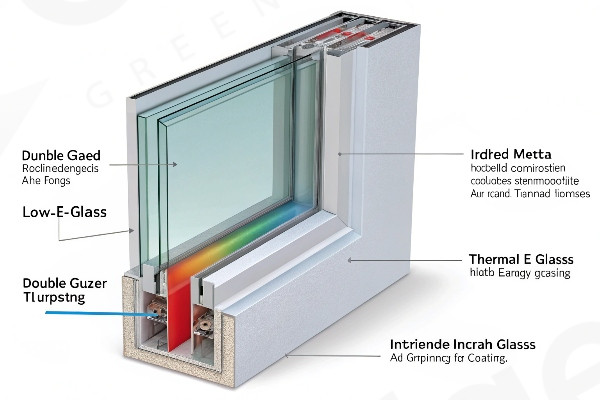
I first discovered the dramatic impact of insulation technologies while upgrading a flower production facility in Poland. The operation had been using single-layer 4mm float glass and struggled with heating costs that consumed nearly 40% of their operating budget during winter months. After installing double-glazed Low-E panels, their energy consumption dropped by 37% while maintaining optimal growing conditions.
The science behind Low-E coatings is fascinating. These nearly invisible layers selectively filter different wavelengths of light. They allow short-wavelength solar radiation (visible light) to pass through while reflecting long-wavelength infrared radiation (heat) back into the greenhouse. This creates what greenhouse engineers call "the thermal trap" – sunlight enters and converts to heat, but that heat cannot easily escape.
Double glazing compounds these benefits by creating an insulating air gap between two panes of glass. The standard spacing in greenhouse applications ranges from 6mm to 16mm, with 12mm generally providing the optimal balance between insulation value and weight. Some advanced systems use argon or krypton gas fills instead of air, further improving insulation properties by 5-10%.
When consulting for a research institution in Germany, I recommended a triple-function glazing system: tempered safety glass on the exterior, a 12mm argon-filled gap, and a Low-E coated interior pane. While this solution increased the initial glazing cost by approximately 65%, the energy savings reached 52% compared to their previous single-glazed structure. The payback period was just under four years.
For most commercial applications in moderate climates, I’ve found that double-glazed panels with a Low-E coating on the interior surface of the outer pane (position #2 in glazing terminology) offers the best balance of cost and performance. This configuration preserves maximum light transmission while still delivering substantial energy benefits.
One important consideration with Low-E coatings is their effect on light spectrum. Some older Low-E technologies can filter out beneficial UV wavelengths that plants need for proper development. When working with a commercial tomato grower in Spain, we discovered their specific crop varieties required more UV-B transmission than standard Low-E glass allowed. We resolved this by specifying a specialized agricultural Low-E coating that filtered thermal radiation while allowing more of the UV spectrum to pass through.
Energy Performance Comparison:
| Glazing System | U-Factor (W/m²K) | Light Transmission | Relative Cost | Annual Energy Savings |
|---|---|---|---|---|
| Single Clear 4mm | 5.8 | 90% | Base | Base |
| Double Clear 4mm | 2.8 | 81% | +40% | 25-35% |
| Double w/Low-E | 1.8 | 75-80% | +55% | 35-45% |
| Double w/Low-E & Argon | 1.4 | 75-80% | +65% | 40-50% |
What Impact Resistance and Safety Ratings Should Greenhouse Glass Have?
Unexpected glass failures create safety hazards and costly crop losses. Many greenhouse operators underestimate how critical proper impact ratings are until they experience a catastrophic panel failure during extreme weather.
Commercial greenhouse glass should meet ANSI Z97.1 and/or EN 12600 safety standards. For hail-prone areas, Class 3 or higher impact resistance is essential. Tempered glass provides good impact resistance, while laminated glass offers superior protection and remains in place even when broken.
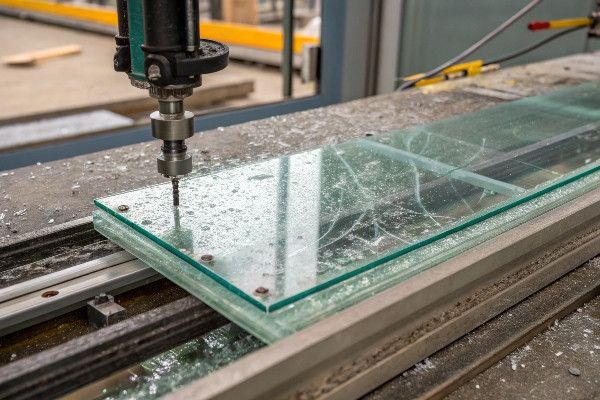
Our company once assisted a client in Colorado who had installed a new greenhouse with standard float glass just before an unexpected hailstorm. The 1-inch hailstones shattered nearly 40% of their roof panels, resulting in over $75,000 in combined glass replacement, cleanup, and crop loss costs. This unfortunate event highlighted the importance of proper impact resistance1 specifications.
Understanding glass impact ratings requires familiarity with two main testing standards: the American ANSI Z97.1 and the European EN 12600. Both involve dropping weights onto glass samples, but they classify the results differently. For greenhouse applications in storm-prone regions, I recommend glazing that achieves at least Class B under ANSI Z97.1 or Class 2 under EN 12600.
Impact resistance comes primarily from glass thickness and treatment method. While standard 3mm float glass might shatter with impacts as low as 10 joules, 4mm tempered glass can withstand impacts of 40-50 joules. This difference becomes critical during environmental events like hailstorms, where hailstone impact energies can range from 5-100 joules depending on size and velocity.
For greenhouse operations in particularly challenging environments, laminated glass offers exceptional protection. This specialized glass sandwiches a polyvinyl butyral (PVB) or ethylene-vinyl acetate (EVA) interlayer between two glass panes. Even when both glass surfaces crack under impact, the interlayer holds the fragments together, maintaining the building envelope integrity and preventing interior damage.
When designing a botanical garden greenhouse in a hurricane-prone region of Florida, we specified 6mm laminated glass for all exterior panels. During a Category 3 hurricane the following year, the structure experienced winds exceeding 120 mph and multiple debris impacts. While several panels cracked, none collapsed or allowed water penetration, saving millions in potential plant collection losses.
Safety ratings also consider the hazard potential when glass breaks. This is where tempered glass excels, as its small, cubic fragments pose significantly less injury risk than the sharp shards produced by broken float glass. For overhead glazing applications where glass failure could endanger people below, safety standards typically require tempered, laminated, or tempered-laminated glass.
I learned the importance of proper glass specification firsthand while touring a client’s facility in Malaysia. They had installed standard float glass in overhead panels to save costs. During my visit, a panel weakened by previous hail damage collapsed, sending dangerous shards raining down. Fortunately, no one was injured, but the event prompted an immediate upgrade to their entire roof system.
Impact Resistance Comparison by Glass Type:
| Glass Type | Impact Resistance | Safety When Broken | Appropriate Use Cases |
|---|---|---|---|
| 3mm Float | Very Low (10J) | Poor – Sharp Fragments | Not recommended for commercial use |
| 4mm Float | Low (15J) | Poor – Sharp Fragments | Low-risk side panels only |
| 4mm Tempered | Medium (50J) | Good – Cube Fragments | Standard roof and wall panels |
| 5mm Tempered | High (70J) | Good – Cube Fragments | Hail-prone areas, snow loads |
| 6mm Laminated | Very High (90J+) | Excellent – Stays Intact | Extreme weather areas, security concerns |
How Do You Calculate the R-Value and U-Factor of Greenhouse Glass Panels?
Inaccurate energy calculations lead to undersized heating systems and excessive operating costs. Many growers don’t understand the thermal properties of their greenhouse covering and face unexpected energy expenses.
The U-factor measures heat transfer rate through materials (lower is better), while R-value measures thermal resistance (higher is better). For greenhouses, U-factors typically range from 5.8 W/m²K for single glass to 1.4 W/m²K for advanced double-glazed systems. R-value is simply the inverse of the U-factor.

During a consulting project for a large vegetable producer in Sweden, I discovered they had dramatically underestimated their heating requirements because they used standard glass U-factors without accounting for their actual installation conditions. This oversight resulted in a heating system that couldn’t maintain proper temperatures during winter months, forcing expensive upgrades mid-season.
The relationship between U-factor and R-value2 is straightforward but often misunderstood. U-factor (also called U-value) measures how much heat energy is transmitted through a material, expressed in watts per square meter per degree Kelvin (W/m²K). R-value measures resistance to heat flow, with higher numbers indicating better insulation properties. Mathematically:
R-value = 1/U-factor
Understanding these values helps in comparing different glazing options. For example, standard single-pane 4mm glass has a U-factor of approximately 5.8 W/m²K (R-value of 0.17), while a high-performance double-glazed system with Low-E coating and argon fill might achieve a U-factor of 1.4 W/m²K (R-value of 0.71).
When calculating overall thermal performance, it’s important to consider the entire glazing system rather than just the glass itself. The frame material, spacing between panes, type of spacer used, and edge sealing all affect real-world performance. In a project for a research greenhouse in Canada, we found the actual heat loss was about 15% higher than theoretical calculations due to thermal bridging through aluminum framing components.
Another critical consideration is the center-of-glass versus whole-unit thermal performance. Center-of-glass measurements represent the best-case performance, while whole-unit calculations include the effects of frames and edge conditions. For accurate energy modeling, whole-unit values should always be used. When comparing glazing options for a large production greenhouse in Finland, we found that the difference between center-of-glass and whole-unit U-factors was as much as 20% for some systems.
Climate conditions also significantly impact effective performance. In humid environments like Southeast Asia, condensation on glass surfaces can dramatically alter thermal performance. During a project in Vietnam, we observed that standard double glazing was performing closer to single-glazing values during certain weather conditions due to persistent condensation forming between the panes from improper sealing.
For most commercial applications, I recommend calculating your specific heating requirements using whole-unit U-factors that account for your framing system, then adding a safety factor of 15-20% to accommodate real-world performance variables. This approach has proven reliable across hundreds of installations in various climate zones.
Glass System Performance Metrics:
| Glazing System | U-Factor (W/m²K) | R-Value (m²K/W) | Annual Energy Use (kWh/m²)* | Condensation Resistance |
|---|---|---|---|---|
| Single 3mm Float | 6.0 | 0.17 | 380-420 | Poor |
| Single 4mm Float | 5.8 | 0.17 | 370-410 | Poor |
| Single 4mm Tempered | 5.8 | 0.17 | 370-410 | Poor |
| Double 4mm (12mm air gap) | 2.8 | 0.36 | 220-260 | Good |
| Double 4mm with Low-E | 1.8 | 0.56 | 160-190 | Good |
| Double 4mm with Low-E & Argon | 1.4 | 0.71 | 130-160 | Excellent |
*Energy use estimates based on typical commercial greenhouse in moderate climate (USDA)3
Conclusion
Selecting the right glass for your greenhouse involves balancing light transmission, thermal efficiency, safety, and cost considerations. By understanding tempered glass benefits, Low-E coatings, impact ratings, and thermal performance metrics, you can make informed decisions that optimize both crop production and operational costs.

